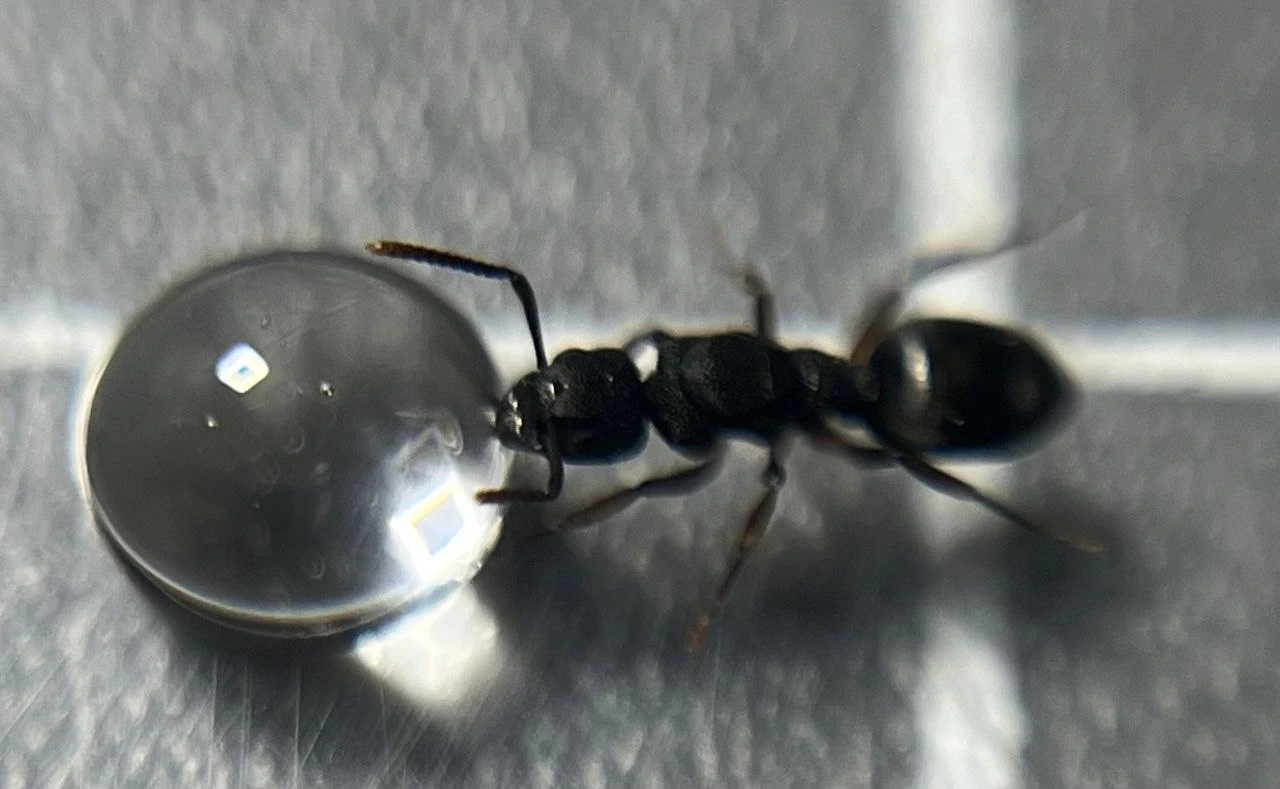Beginner Ant Colony Watering: Easy Hydration Guide
Every ant colony needs water to survive and thrive. Providing water for ants is one of the most basic but crucial parts of ant keeping. Beginners need simple methods to ensure their ants are hydrated without causing issues.
Understanding ant colony watering techniques helps you keep your pet ants healthy. Hydrating ant colony setups like test tubes or formicariums is straightforward once you know a few methods. We’ll cover easy ant care water tips here.
Why Water is Essential for Your Colony
Ants require water for several reasons including drinking, helping digestion, and maintaining the necessary ant colony humidity in their nest. Without proper ant nest moisture, ants can quickly dehydrate, which weakens the colony and can lead to death. Preventing ant dehydration is key to successful ant keeping.
Adequate watering formicarium spaces helps queens lay eggs and larvae develop properly. It also influences temperature regulation within the ant farm. Knowing the best way to water ant farm environments protects your colony.
Simple Ant Watering Methods for Beginners
New ant keeper watering might seem daunting initially, but simple ant watering methods are easy to implement. Your setup determines the best approach for providing water for ants. Always use safe water for ant colony hydration like bottled water or dechlorinated tap water.
Test Tube Setups
Test tube setups inherently include a water source, usually via a cotton plug. This design makes test tube setup water ants particularly easy.
- Ensure the cotton plug remains moist. It will gradually dry out over time.
- When the water reservoir is depleted or mold grows, the colony needs to move to a new setup.
- The cotton plug provides a continuous water supply without ants drowning.
Outworld Water Sources
Once your colony is in a formicarium or ant farm with an outworld, you need to provide water separately from the main nest. These methods offer easy access for the ants.
- Small Dish with Cotton: Place a small, shallow dish like a bottle cap in the outworld. Put a cotton ball or piece of cotton in it and soak it with water. This allows ants to drink from the damp cotton without falling in.
- Water Feeder Setup: Many pet stores or ant suppliers sell small water feeders specifically designed for ants. These often use a sponge or a tiny opening to dispense water slowly. An ant water feeder setup is efficient and minimizes evaporation.
- Hydrating Substrate (for certain setups): Some formicarium designs allow for directly adding water to the substrate in a dedicated hydration area. Follow your specific formicarium instructions for ant colony maintenance water this way. This method helps control ant colony humidity directly.
How Often to Water Ants
The required watering schedule varies greatly depending on your setup size, the colony’s size, the species of ant, ambient humidity, and temperature. beginner ant keeping water generally needs checking regularly.
- For test tubes, observe the water reservoir behind the cotton.
- For outworld dishes, check the cotton ball daily or every other day to ensure it stays damp.
- For water feeders, refill as needed based on consumption.
Monitoring is the key. If the substrate looks dry in hydration areas or ants are gathering near the water source, it is time for more water. Implementing a consistent ant watering schedule helps.
 A simple dish with cotton provides easy water access.
A simple dish with cotton provides easy water access.
Ensuring Proper Ant Moisture Control
Controlling ant farm hydration levels involves adding enough water but not too much. Excess moisture can encourage mold or bacteria growth which is harmful. Conversely, too little water causes dehydration.
Balance is vital for providing water for ants. Start by offering a small amount and observe how quickly it is consumed or evaporates. Adjust your ant watering techniques based on what you see. Using tested beginner ant hydration methods helps reduce risk.
Proper hydration is fundamental to ant keeping basics water requirements. By using simple techniques like cotton balls or feeders and monitoring regularly, you can easily provide the water your ant colony needs to stay healthy and grow.